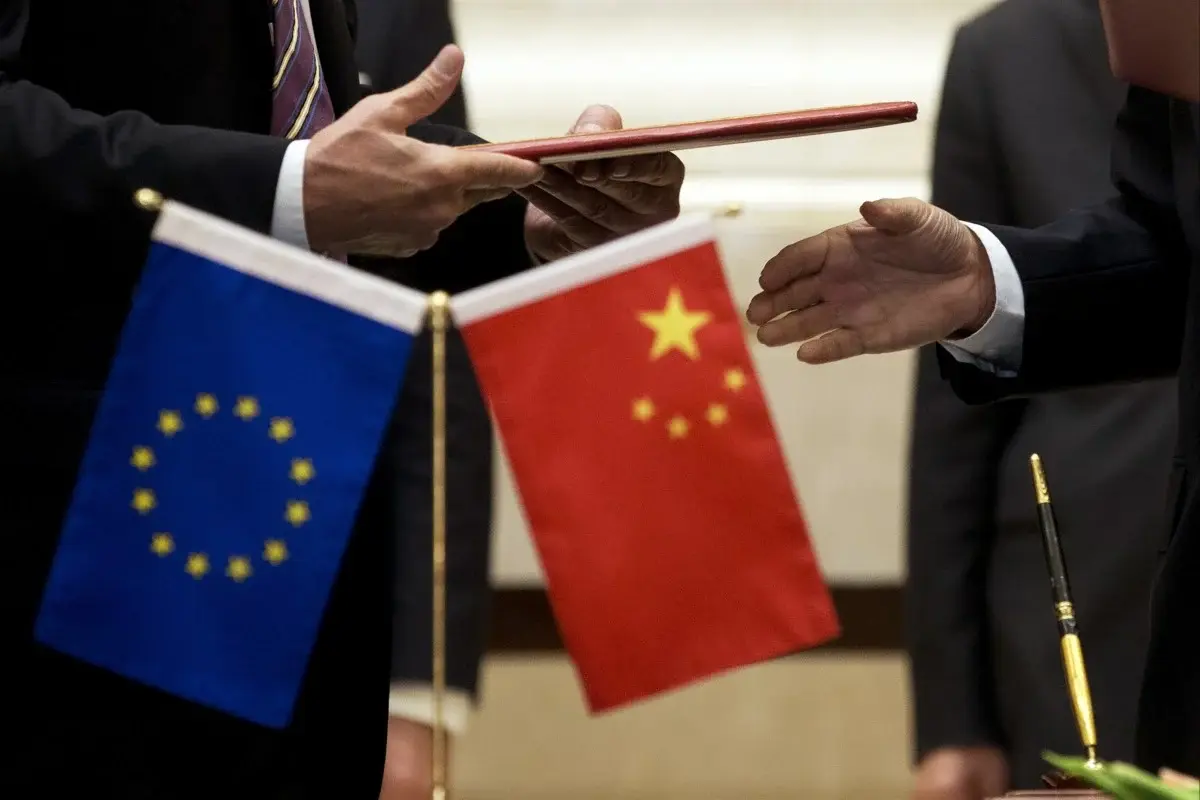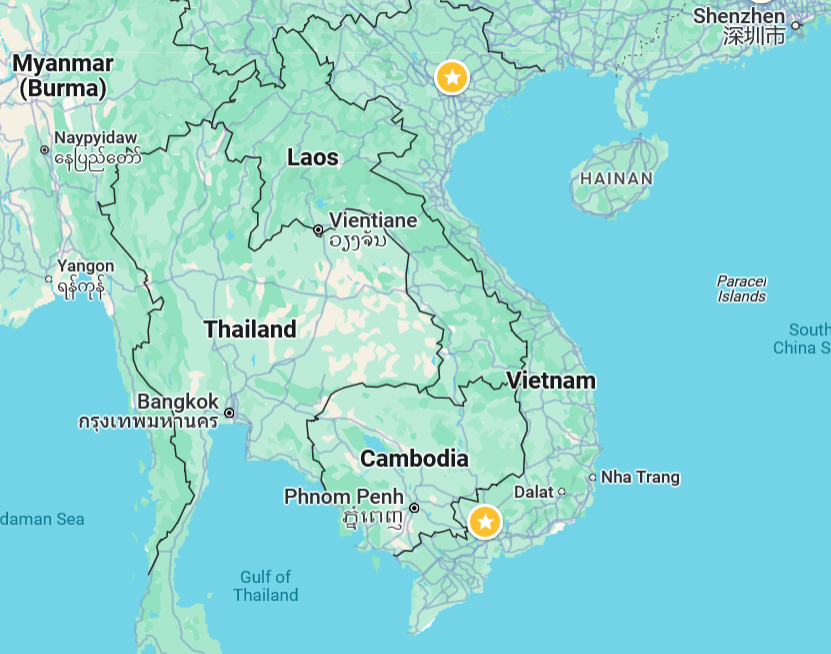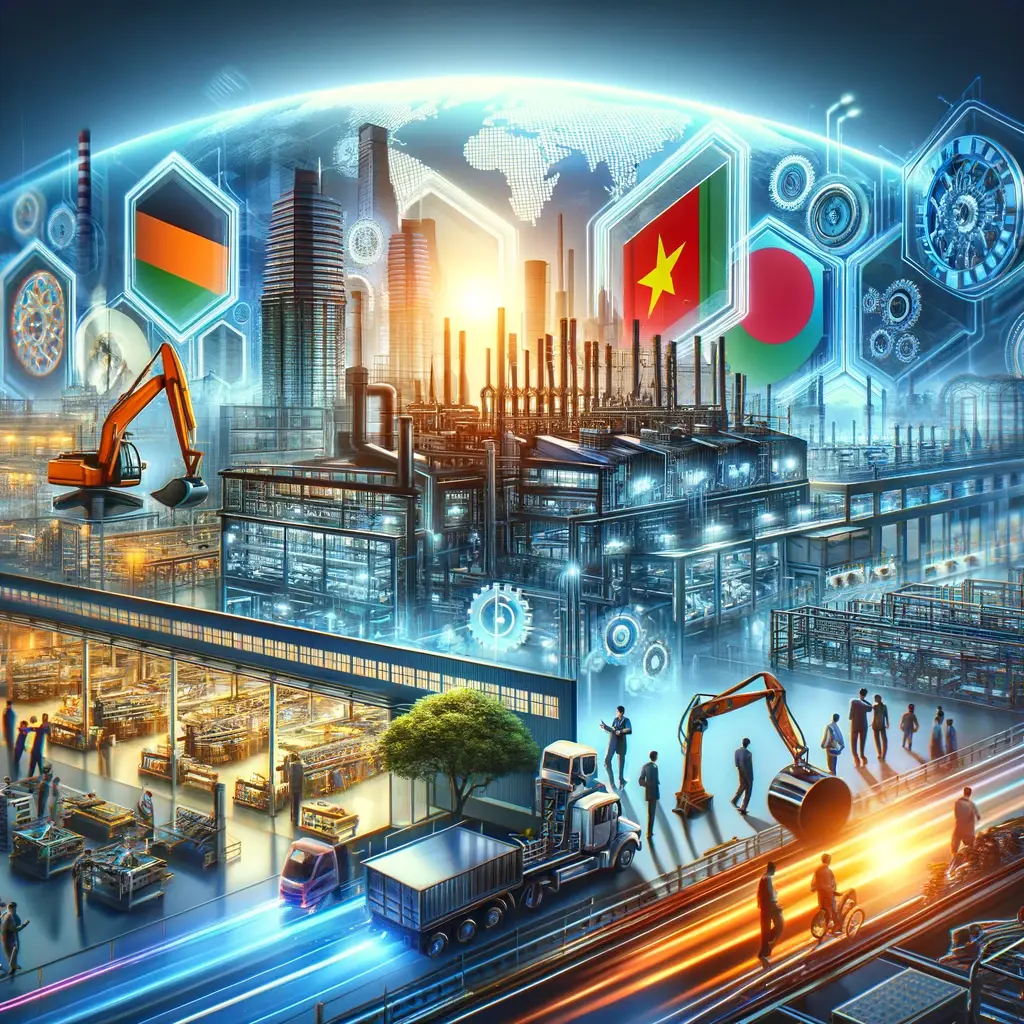The Real Story: How the EU Just Drew a Line—And What It Means for China, the U.S., and You
In late July 2025, two summits happened back-to-back. One failed quietly. The other closed the loop on a new global trade order.
Most people saw the headlines. Few saw the pattern.
This is the real story of how the EU tried to fix China, couldn’t, and then signed with the U.S. instead.
July 24: The EU Flies to Beijing
European Commission President Ursula von der Leyen and Council President Charles Michel landed in Beijing with one goal: stop the bleeding.
The EU runs a nearly €300 billion trade deficit with China, largely driven by EVs, steel, aluminum, and subsidized exports that undercut European industry.
They raised real issues:
- Why does China continue to restrict rare-earth exports while demanding open access to EU markets?
- Why are Chinese EV makers allowed to sell into Europe while receiving state-backed subsidies?
- Why is market access for EU brands in China still a diplomatic battle in 2025?
The summit—originally billed as a two-day event—was cut short. No major agreements were signed. China offered vague cooperation on climate and raw materials, but dodged any structural change.
Beijing’s response: “Don’t overreact.”
The EU’s takeaway: “China isn’t changing.”
July 27: The EU Signs With the U.S.
Three days later, the EU announces a framework deal with the United States:
- 15% across-the-board tariff on most EU-origin goods
- Zero-tariff carve-outs for aircraft parts, semiconductors, pharmaceuticals, and key agricultural items
- $600 billion in EU investments into U.S. energy and infrastructure
- $750 billion in U.S. LNG, defense, and food exports to Europe over three years
The EU calls it “the best deal we could get.” It wasn’t a full win—but it was a strategic one.
Why? Because it signaled something much bigger:
Europe would rather lock in stable tariffs and clear rules with the U.S. than keep fighting uphill with China.
This deal isn’t about margin. It’s about certainty.
The Global Trade Shift Is Real—and China Is Being Boxed In
Let’s connect the dots:
- Vietnam and Indonesia already secured 19–20% deals.
- Japan closed at 15%.
- The EU is now locked at 15%.
- Even South Korea is negotiating, while steel tariffs remain at 50%.
And China? Still sitting at 55% for most goods—with no deal in sight.
This isn’t an accident. This is structure.
China isn’t banned. But it’s being compartmentalized. Governments don’t want to cut it off entirely—they just want to isolate risk, enforce transparency, and tax opacity.
Which means your business must do the same.
What This Means for Brand Owners
If your BOM still relies on value created in China—whether it’s components, subassemblies, or labor—you need to stop thinking in terms of “made in Vietnam” or “assembled in India.”
Because customs doesn’t look at labels. They look at value creation and transformation.
So ask yourself:
- Where does the value actually get added?
- Is it legally transformative?
- Can you prove it with contracts, flowcharts, photo evidence, and invoices?
Because that’s what customs cares about. Not where the box ships from. Not what your supplier tells you. Not what your marketing says.
Without clean documentation, your origin defaults to China. And you pay 55%.
Why This Is Bigger Than One Trade Deal
The EU summit proved something important:
Even Europe—once hesitant to confront China—now accepts tariffs as the cost of modern trade.
This is not the age of free trade. This is the age of defensible trade.
The deal with the U.S. isn’t an exception. It’s the new model:
- Fixed-rate tariffs
- Strategic exemptions
- Documentation-first enforcement
If you want to play, you need to show your cards. Origin. Transformation. Value. Control.
What Asia Agent Brings to the Table
We don’t move boxes. We move risk.
Here’s how we help brands stay in the game:
- Full BOM audits: Line-by-line breakdown of where your value originates and how it’s classified
- Origin risk exposure report: What’s triggering scrutiny, where it happens, and how to fix it
- Cost simulation models: Compare 55% (China) vs. 20% (Vietnam) vs. 15% (India) and run real margin projections
- Transformation plans: We don’t just move factories—we move key value-add processes to legally recognized hubs
- Proof building: Contracts, flowcharts, COO declarations, packaging photo logs—everything customs needs
And we do it with full teams on the ground in India, Vietnam, Indonesia, Bangladesh, Thailand, and the Philippines.
Because origin isn’t theory. It’s paperwork. It’s processes. It’s physical steps you can prove.
Final Word: Don’t Wait for the Next Summit
The EU tried to salvage China. It didn’t work. They came back, signed a structured deal with the U.S., and moved forward.
This is the world now:
- Tariffs by default
- Discounts for cooperation
- Penalties for opacity
If you still manufacture with unknown suppliers, middlemen, or offshore contracts—you’re not protected.
Let’s fix that. Before customs fixes it for you.




